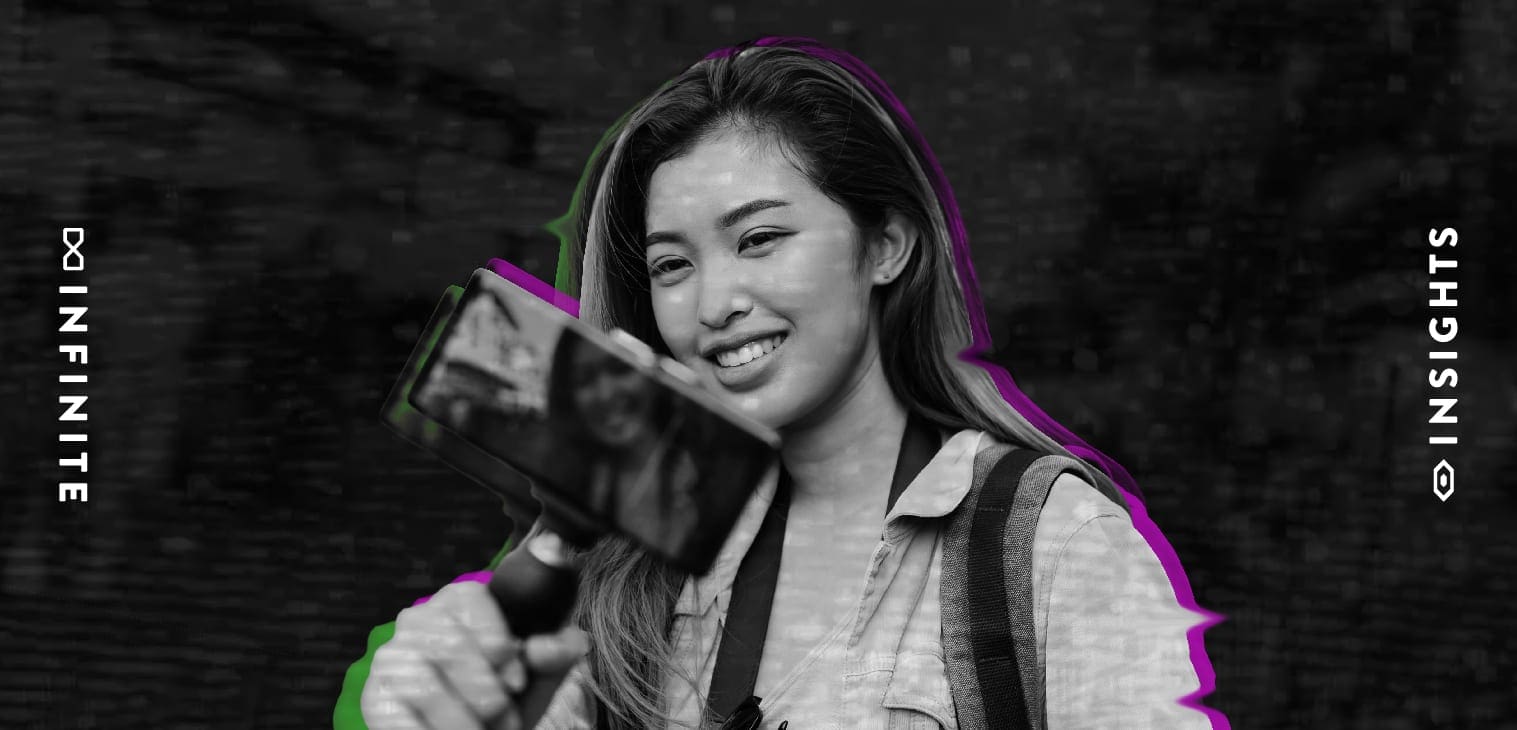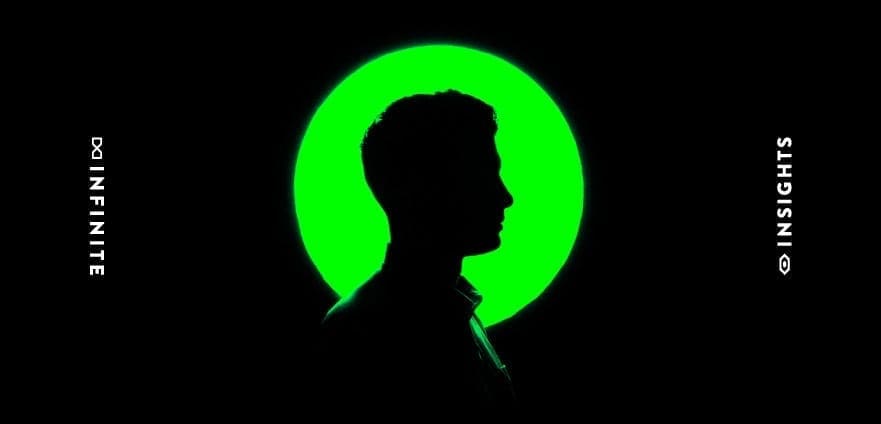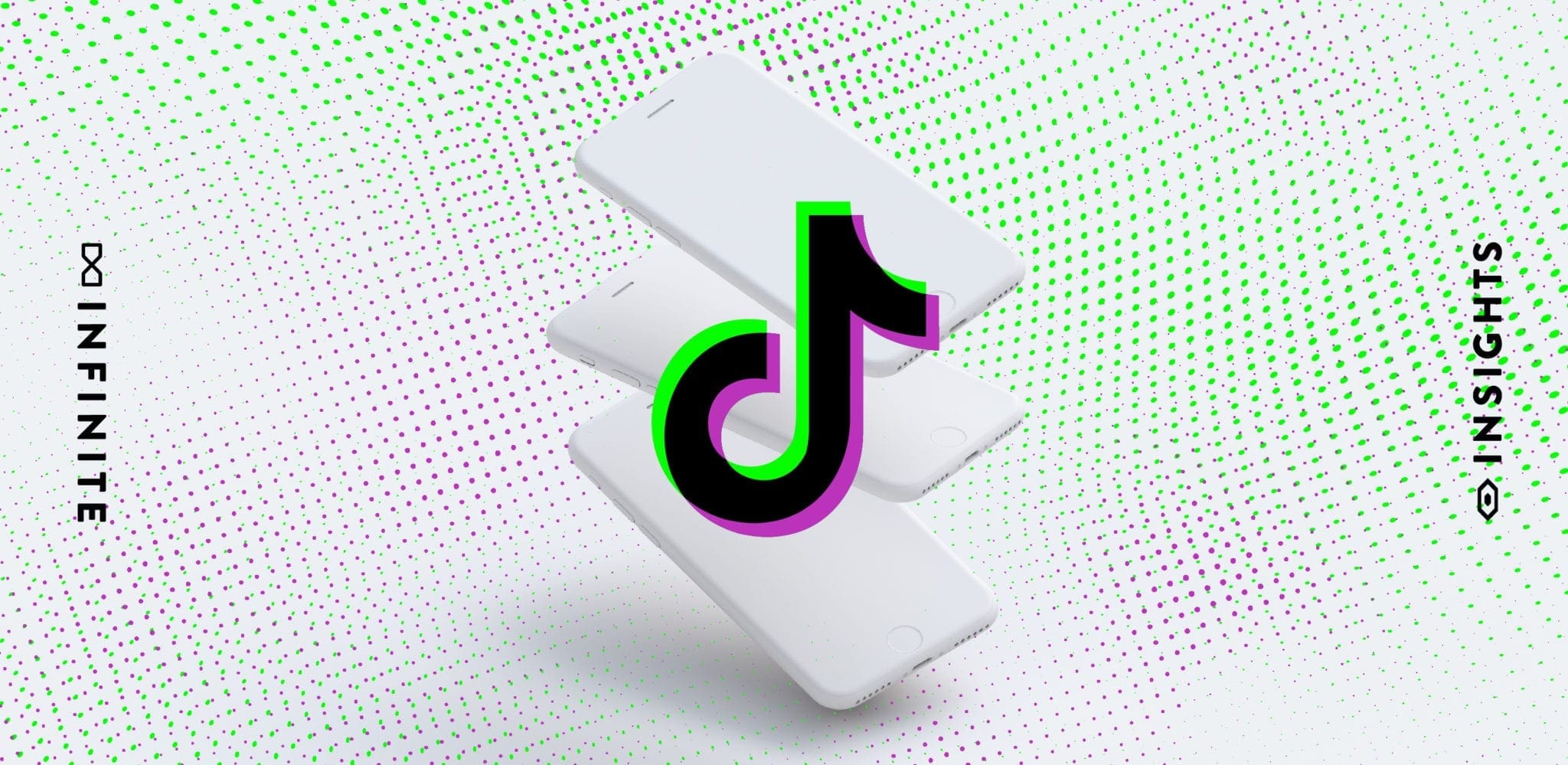If your brand has been on the fence about whether to start an influencer campaign, 2021 is the year to begin. According to Influencer Marketing Hub, brands are projected to spend approximately $9.7 billion in influencer marketing in 2021.
As social media becomes an increasingly prominent part of our daily lives, the reach and impact of influencer marketing becomes more significant. And it’s not without cause. Nearly 75% of consumers rely on word-of-mouth from social media prior to making a purchase.
Let’s dive into how your brand can run a successful influencer campaign that will help you achieve your marketing objectives.
What is a social media influencer?
Social media influencers are content creators who’ve built a reputation and following on social media for their expertise on a particular subject. Influencer content can take the form of photos, videos, blogs, or even product reviews. Since influencers often have targeted, niche audiences, they are extremely valuable to brands looking to increase brand awareness or drive immediate sales.
A successful influencer campaign should feel “organic”, rather than “sales-y”, and encourage followers to try or purchase a brand’s goods or services.
With today’s adults consuming nearly 11 hours of content a day, Influencers have quickly become a tried-and-true method of marketing. According to a Nielsen study, over 90% of consumers trust people in their network that they know and follow – influencers included.
Influencers today are a means for brands to reach some of their biggest key performance indicators (KPIs). Whether the goal is sales, reach, engagement, or followers, influencers can mobilize their audience with a single post and direct them to fulfill a brand’s objectives.
The rise of influencers
Influencers began in earnest with the popularization of YouTube in the late 2000s. Among comedy sketches and prank videos, the earliest versions of influencers could be found sharing their hottest take on the latest makeup and fashion trends.
At the time, the earliest and most notable influencer on YouTube was Michelle Phan, who created a beauty sampling page on YouTube in May 2007. As she gained traction on YouTube and the ability to monetize videos emerged, the developing occupation of “influencer” gained a strong foothold in the online realm.
What started out as a hobby for many turned into a profession and source of income. The success seen on YouTube easily translated to new platforms as they emerged throughout the decade, from Twitter to Instagram to TikTok. As brands witnessed the reach and influence that these content creators possessed, they began to see influencers as means of marketing, and the pay-to-play model that we see today was formed.
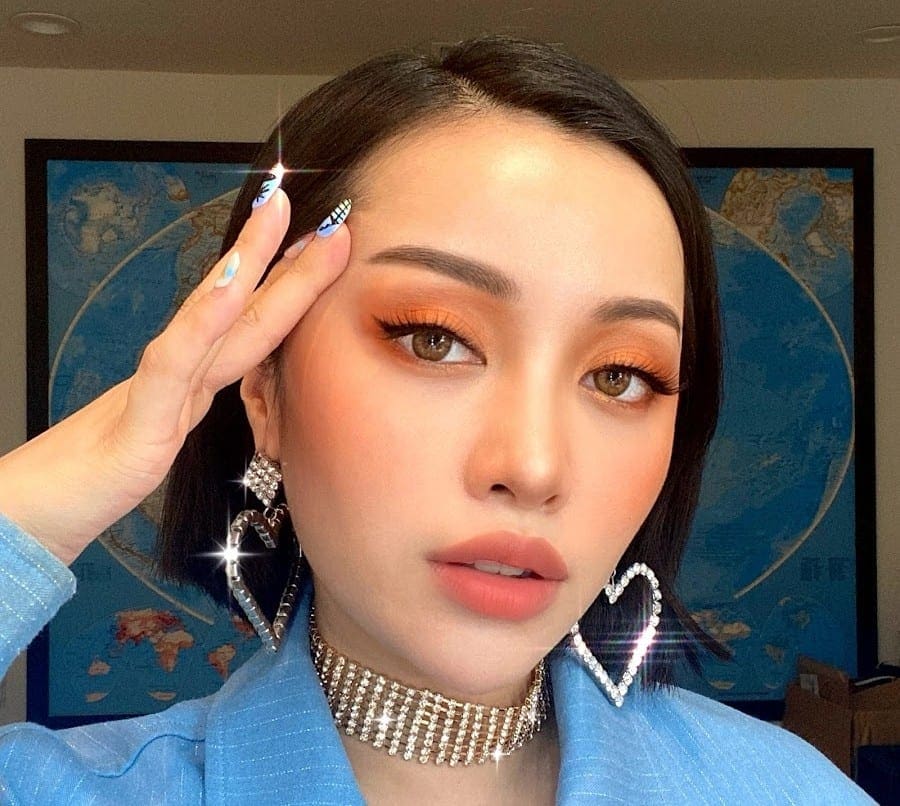
How many followers do you need to be an influencer?
After the decision to partner with an influencer has been made, it’s important that you know the difference between the various types of influencers. While most influencers can be categorized based on their content – such as fashion, lifestyle, or fitness – their following will also impact your decision on whether you wish to partner with them, as different tiers of influencers provide different functions and also charge differently for their services.
- Nano Influencer (0-1K followers): These are your regular, everyday people that you may personally know and often look to for referrals. They are brand loyalists and advocates who can be considered experts on the brands that they advocate for.
- Micro Influencer (1K-100K followers): These are smaller influencers, content creators, and brand ambassadors. Their content is clean, uniform, and tells a story, however their reach may be limited.
- Macro Influencer (100K-1M followers): These are higher tier influencers that deliver clean, curated content in addition to helping you reach your KPIs. They’ve likely participated in several influencer programs before and can provide everything you need for a successful campaign.
- Mega Influencer (1M+ followers): These are your influencers who are most likely actual celebrities. They have a massive following which is great for reach, awareness, and conversion, however, a partnership with them will be costly.
After you’ve decided who you want to partner with, you’ll need to decide how you want to partner with them. Most influencers will want some sort of payment for their services, whether that be gifting or cash compensation. If they desire cash, they will share their rates with you, which are often negotiable. However, if you don’t have a cash budget, gifting is always an option. If the gift is compelling enough or useful to the influencer, they will be willing to provide content in exchange for a product from your brand.
When reaching out to influencers and setting a budget, keep in mind that rates are not standardized across platforms. For example, YouTube influencers run at a much higher rate than Instagram influencers for similar content.
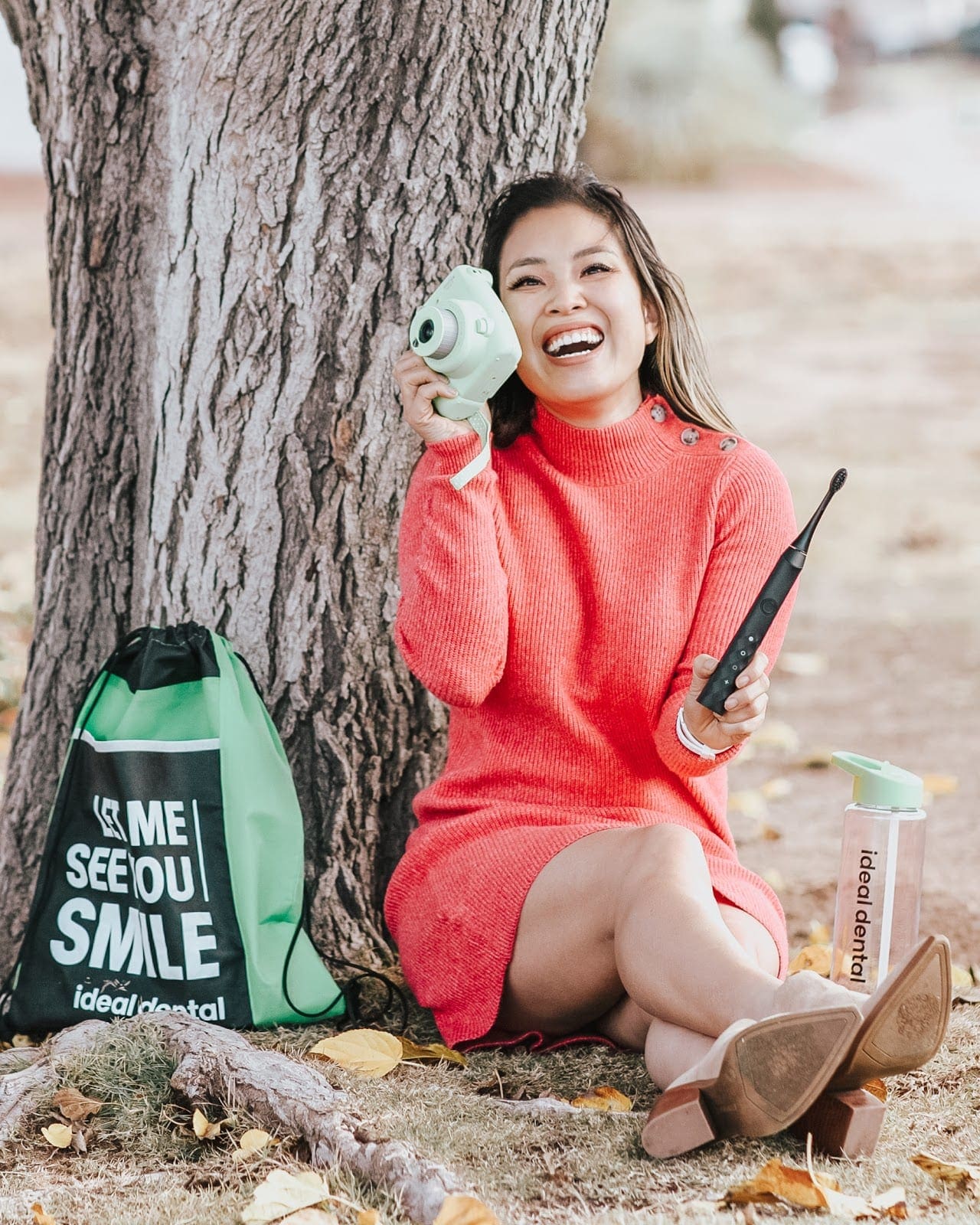
Easiest ways to find social influencers
Once you have decided on your campaign, KPIs, content desired, duration, and overall strategy, it’s time to source potential influencers for your brand.
Influencer Database
There are several tools available to help you quickly network with prospective influencers including our favorites: Influence and Upfluence. These platforms will normally sort influencers by their following and content category, so most of the initial work is already done for you. It’s simply a matter of vetting and ensuring that they are someone that you wish to work with. When the time comes to contact them, influencers typically have an email listed in their bio. This is the most courteous way to contact them, however, if they are unresponsive, a direct message (DM) serves as a great way to follow up.
Manual Outreach
If influencer databases are too costly, you can always manually search and contact influencers yourself, although this may take more time to accomplish. When searching for influencers organically, it’s best to let the algorithm do the work for you. Google, YouTube and Instagram are great starting points for identifying influencers that fall within your desired categories. To get started, search for an influencer who you’d like to work with (or use a hashtag that you know they use). Most platforms will then suggest similar social influencers and pages. Once you’ve found your desired influencer, look for a contact email or website in their profile to reach out and inquire about opportunities.
Choosing the right influencers
If you’re worried that there won’t be an influencer who can accurately portray your brand’s vision, fear not, as there are hundreds of thousands of influencers to choose from. Most influencers fall into one of several categories, with the most popular categories being lifestyle, family, fitness, fashion, and photography.
Before selecting an influencer to work with, it’s important to examine their content to ensure it aligns with your brand standards and values.
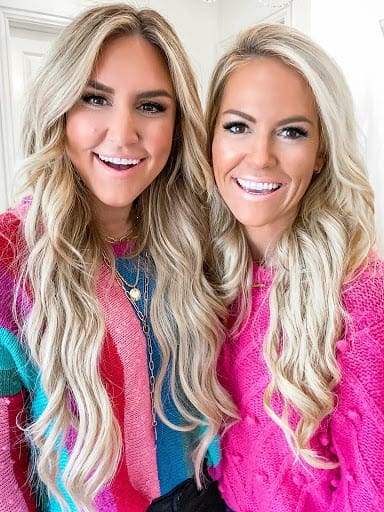
Once you’ve chosen an influencer, you should send them a set of brand guidelines and a formal contract to ensure you receive the highest quality content. Be sure to include a clause that allows you to eventually repost their content on your own brand channels.
Measuring success
After your campaign is completed, you’ll want to report on the success of your influencer strategy. Reach out to each influencer that you worked with and ask them to provide the analytics behind their posts and stories. You can then wrap this data up into a comprehensive report to determine the success of your campaign.
Reading influencer data is similar to reading the data of your brand’s own social posts. You will want to hone in on reach, impressions, and engagement on their posts and stories and analyze those numbers to determine if the campaign was a success. On average, reaching 10% – 15% of the influencer’s followers can be considered a success. If you are running a contest where followers is a KPI, you will need to measure the increase in followers based upon the start and end dates of the contest that the influencer hosted.
Influencer Marketing Agency
While there are some unique challenges working with influencers, influencer marketing has the potential to significantly increase sales and awareness for a fraction of the cost of traditional advertising. With that said, developing a successful influencer strategy can be daunting – even for the most experienced marketing teams.
Of course, if you partner with Infinite for influencer marketing, we can do all of this for you! Our expert social team has you covered. We are often collaborating with the top influencers across all social media platforms to create content that celebrates brands.








